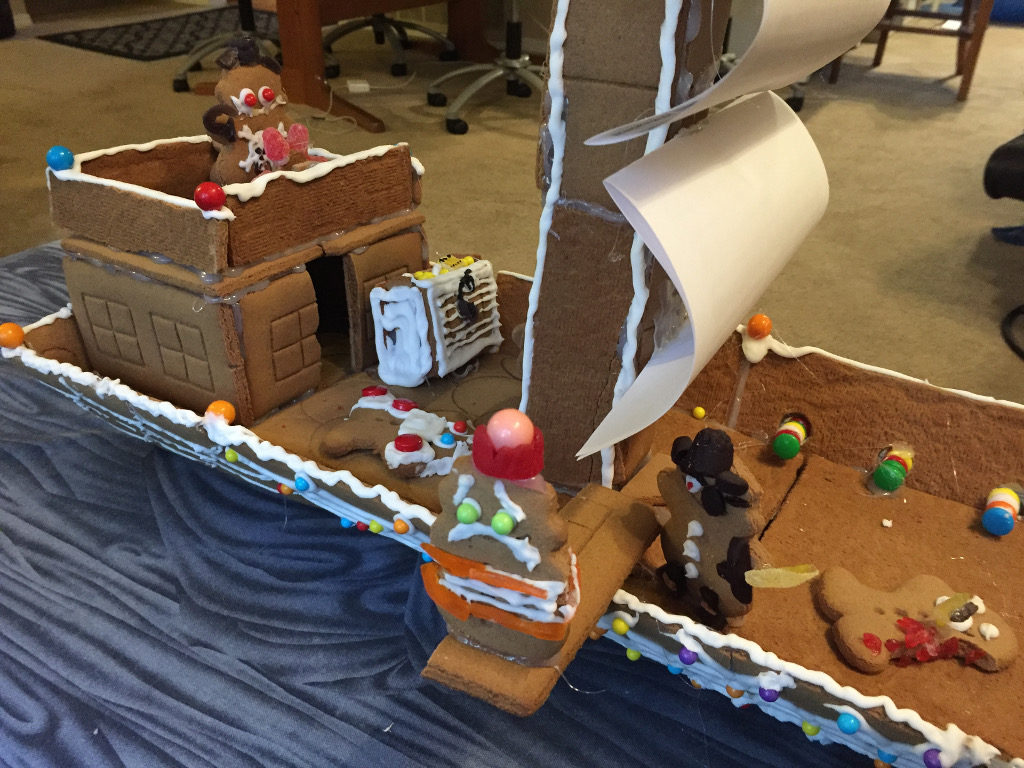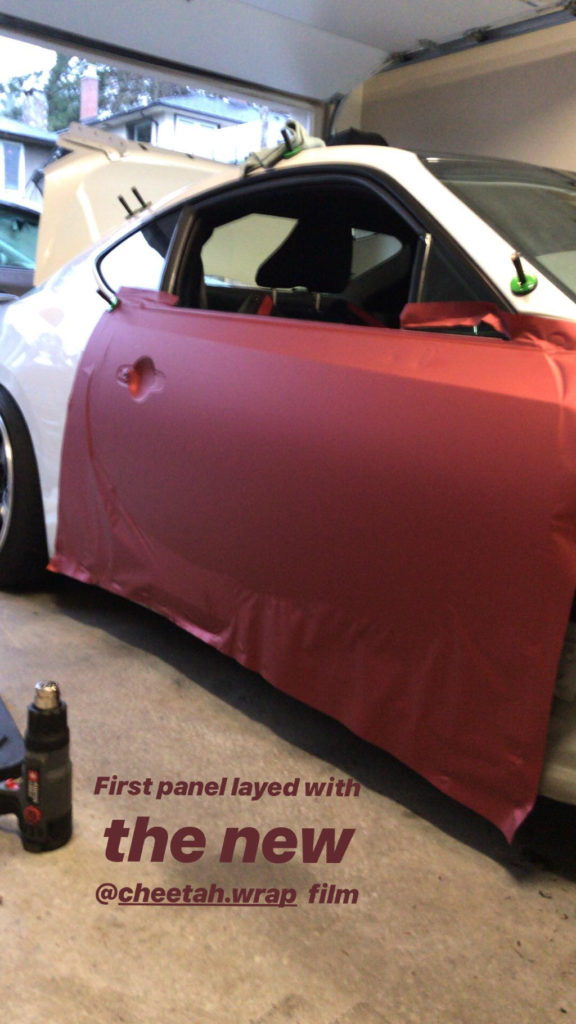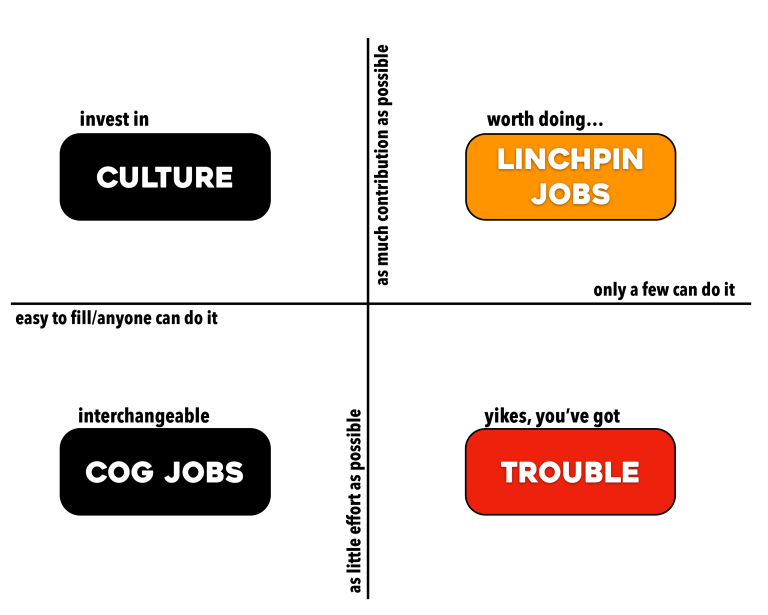Articles & Ideas mentioned in the video:
While promoting the growth mindset is important it must be done so within the context of structural changes to the learning environment. The research is quite clear using the growth mindset as an intervention alone or on its own will not make any significant difference. If you wish to help your learners adapt and grow a growth mindset then you make a structural change and create a significant learning environment in which you give your learners choice ownership, and voice through authentic learning opportunities.
The “Mindset” Mindset: What We Miss By Focusing on Kids’ Attitudes – https://www.alfiekohn.org/article/mindset/
Kohn’s concluding paragraph summarizes the problem of promoting the growth mindset while not changing the structural arrangements or the learning environment:
I’m not suggesting we go back to promoting an innate, fixed, “entity” theory of intelligence and talent, which, as Dweck points out, can leave people feeling helpless and inclined to give up. But the real alternative to that isn’t a different attitude about oneself; it’s a willingness to go beyond individual attitudes, to realize that no mindset is a magic elixir that can dissolve the toxicity of structural arrangements. Until those arrangements have been changed, mindset will get you only so far. And too much focus on mindset discourages us from making such changes.
The growth mindset problem – https://aeon.co/essays/schools-love-the-idea-of-a-growth-mindset-but-does-it-work
Hendrick points to the systemic problem that we have in education that limits the potential of the growth mindset:
One of the greatest impediments to successfully implementing a growth mindset is the education system itself. A key characteristic of a fixed mindset is a focus on performance and an avoidance of any situation where testing might lead to a confirmation of fixed beliefs about ability. Yet we are currently in a school climate obsessed with performance in the form of constant summative testing, analysing and ranking of students. Schools create a certain cognitive dissonance when they proselytise the benefits of a growth mindset in assemblies but then hand out fixed target grades in lessons based on performance.
To What Extent and Under Which Circumstances Are Growth Mind-Sets Important to Academic Achievement? Two Meta-Analyses – https://www.researchgate.net/publication/323565554_To_What_Extent_and_Under_Which_Circumstances_Are_Growth_Mind-Sets_Important_to_Academic_Achievement_Two_Meta-Analyses
This Meta-Analyses of growth mindset interventions reveals that there week impact of the growth mindset on student achievement. Growth mindset interventions on their own won’t bring about change but as the researchers argue:
Alternatively, mind-set interventions might need to be combined with other interventions to increase effectiveness.
More evidence to suggest that changing the learning environment and giving learners choice, ownership, and voice through authentic learning opportunities may make the difference.
Misinterpreting the Growth Mindset: Why We’re Doing Students a Disservice – http://blogs.edweek.org/edweek/finding_common_ground/2017/06/misinterpreting_the_growth_mindset_why_were_doing_students_a_disservice.html
Hattie warns us to not over-reach with our claims of what the growth mindset will provide and encourages us to go back to the original work and recognize that the growth mindset has a role to play in the whole learning environment.
We need more care about over-reach with concepts like growth and fixed mindsets- otherwise, they will disappear like other over-used and over-rated claims that bedevil education and psychology. We will then miss the incredible value the research on these topics can provide relating to when to use them, how to use them, with which students, and to what ends.
Is “Have a Growth Mindset” the New “Just Say No” – https://usergeneratededucation.wordpress.com/2015/09/04/is-have-a-growth-mindset-the-new-just-say-no/
Gerstein argues:
The faddish or pop culture version of the growth mindset is emerging as: “Have a Growth Mindset.” This smacks of the “Just So No” campaign of the Reagan era. Catch phrases about a growth mindset will have as much effect on actually developing a growth mindset as just saying no did on curbing drug use.
Carol Dweck says mindset is not ‘a tool to make children feel good’ – https://schoolsweek.co.uk/why-mindset-is-not-a-tool-to-make-children-feel-good/
Dweck argues:
A lot of teachers are saying ‘yes I have a growth mindset’, without doing the work and without making a journey to deeply understand it and to know how to apply it.
Once again we argue that this hard work involves creating a significant learning environment in which you give your learners choice ownership, and voice through authentic learning opportunities.
How to Build a Growth Mindset – While this video is upbeat, motivation, and does point to the fact you have to take action it misses the key factor of the need to change your learning environment in order to create the context for the growth mindset. https://www.youtube.com/watch?time_continue=20&v=V7XjFTrPl6o
Additional links:




































